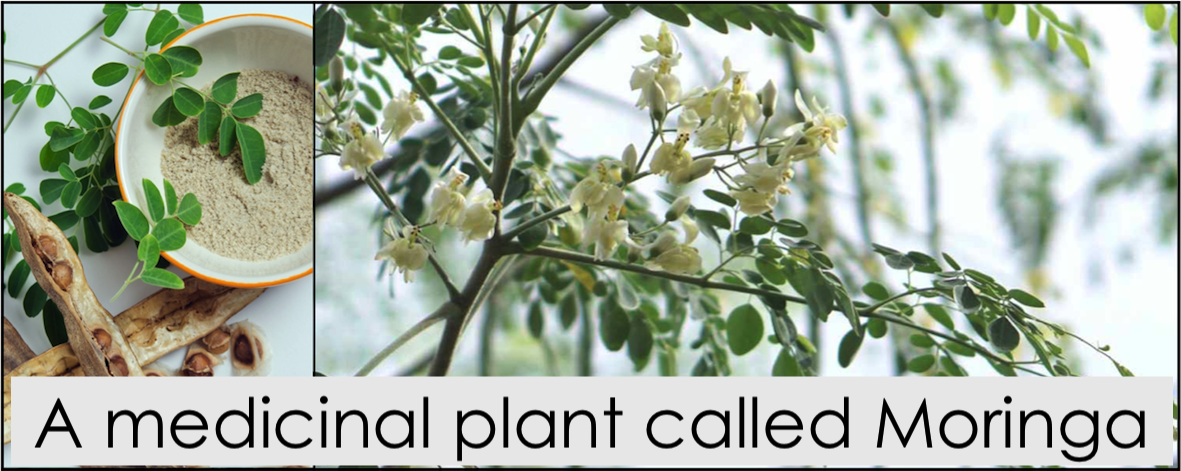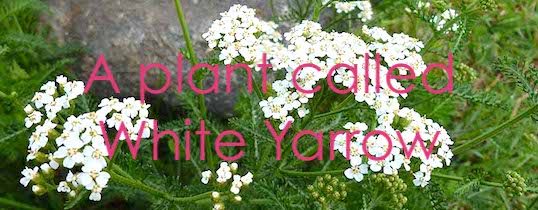Todays post is about a medicinal plant called Moringa, or specifically Moringa oleifera.
We were recently made aware of the existence of the plant, which seems to have several medicinal benefits.
So Scott has done research and I have shared some of what he has found.
First, what is Moringa?
It’s a tropical tree that can withstand both severe drought and mild frost conditions. It is widely cultivated across the world and there are several varieties. It is a plant native to India and other countries, however the most studied variety, Moringa oleifera, comes from south Asia. It has many common names, such as mother’s best friend, the miracle tree, the never die tree, the ben oil tree and is also often called the drumstick tree or ‘horseradish tree’ because of its skinny, foot-long pods.
Moringa is an important food source in some parts of the world. It can be grown cheaply and easily, and retains much of its nutritional value when dried. Almost all of the plant is edible and every part of the tree is suitable for either nutritional or commercial purposes.
It has a long history
Moringa oleifera is a plant that has been praised for its health benefits for thousands of years. It was discovered in northern India around 2000 BC. Traditional doctors quickly discovered its medicinal impact and called it “The Miracle Tree”. Aristocracy and members of royal families were taking Moringa for its beneficial effects on mental alertness and healthy skin.
The ancient Egyptians highly valued Moringa oil or Ben Oil, which was used instead of sunscreen. However, it was the ancient Greeks, who discovered a number of other valuable Moringa effects on human health.
Today, you can find quality Moringa in Australia, the Philippines, eastern India, China, South Africa and Southeast Asia.
So, what are its health benefits?
Since its discovery, Indians and Africans have used nearly every part of this plant to treat more than 300 different ailments. Recent research is also indicating that several of its active constituents have validity in modern medicine.
The plant is very rich in healthy antioxidants and bioactive plant compounds. The presence of these phytochemicals makes it a good medicinal agent.
Several studies have shown that, Moringa leaves can act as an anti-diabetic agent. This is due to the presence of certain flavanoids. It’s the presence of these flavanoids that also give the leaves the anti-inflammatory properties that help decrease inflammation and reduce pain.
As a food source in some parts of the world, the plant’s peppery leaves are often eaten as a vegetable. They’re also dried and ground into a powder used in soups and curries. They alone are an excellent source of many vitamins and minerals. They contain Protein, Vitamin B6, Vitamin C, Iron, Riboflavin (B2), Vitamin A, Calcium and Magnesium. The presence of these minerals and vitamins can help in boosting the immune system.
Compared to the leaves, the pods are generally lower in vitamins and minerals. However, they are exceptionally rich in vitamin C. The seeds are also beneficial, containing oleic acid (Ben oil), an antibiotic called pterygospermin, and fatty acids.
In many Western countries, the dried leaves are sold as dietary supplements, either in powder or capsule form.
So it would seem that this plant really does have a lot to offer; however more study is required regarding its medicinal benefits in this modern world.
As always, it is recommended that you seek advise from your chosen health professional before consuming this product as a supplement.
Till the next post,
Live clean n Prosper
Sources – (Science Direct – Academic Journals –Healthline – Web MD )


